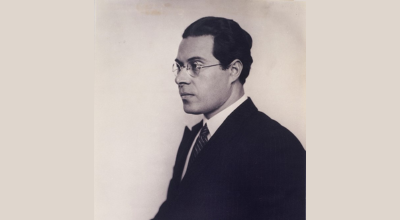László Moholy-Nagy: An Overview
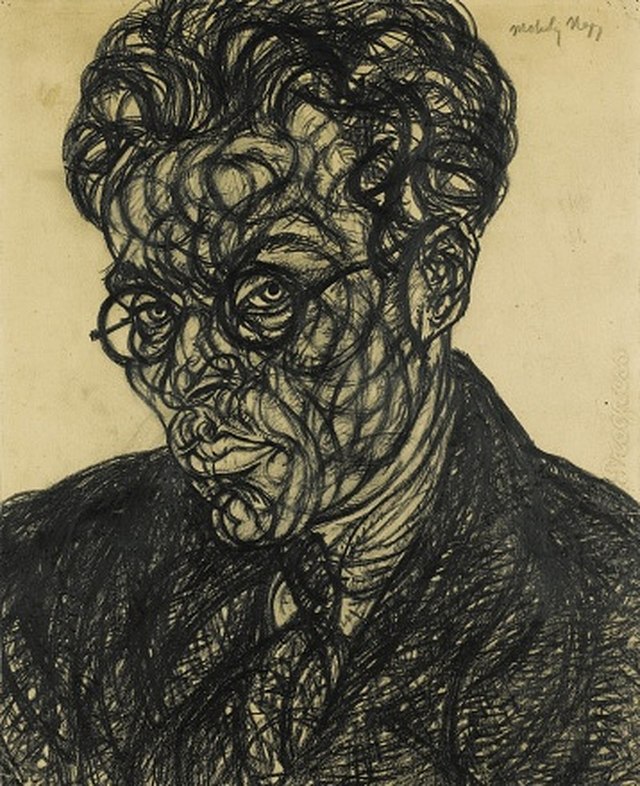
Born in Bácsborsód, Hungary, in 1895, László Moholy-Nagy was a visionary artist whose work transcended traditional boundaries to include painting, photography, film, sculpture, and graphic design. He is celebrated for his experimental approach, particularly his work with photograms, which he called “photoplastics,” and his innovative use of industrial materials in sculpture and painting.
Biography
Moholy-Nagy’s artistic journey began after serving in World War I, which profoundly influenced his outlook on society and art. He moved to Berlin in 1920, immersing himself in the avant-garde scene and eventually joining the Bauhaus, first in Weimar and then in Dessau, as a master in 1923. His tenure at the Bauhaus was marked by a fervent belief in the integration of technology and art, and he was instrumental in developing the school’s curriculum to include courses on materials, technology, and typography.
Key Artistic Phases
Early Experimentation
Moholy-Nagy’s early work reflected the influence of Constructivism and Dada, characterized by a playful yet rigorous exploration of geometric forms and unconventional materials. His engagement with photography and film during this period was marked by a desire to expand the visual and expressive capabilities of these mediums.
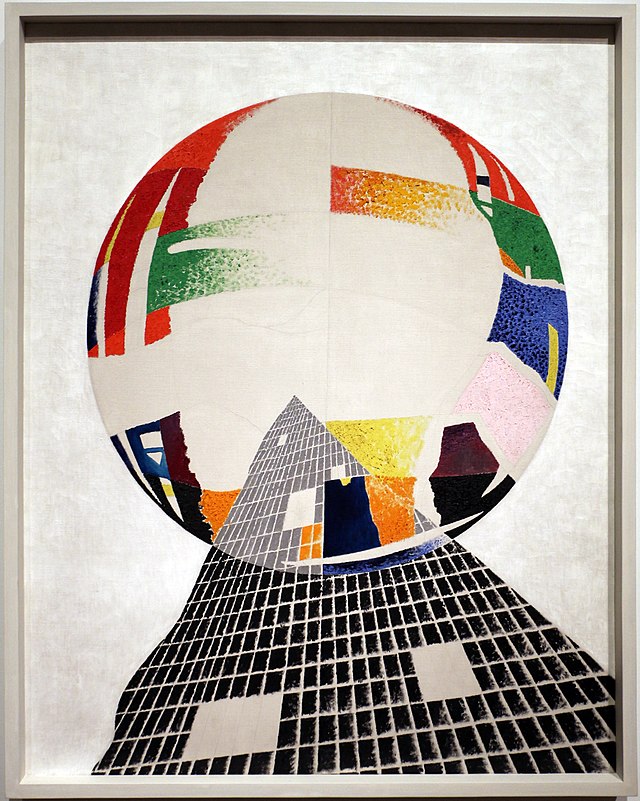
Bauhaus Years
At the Bauhaus, Moholy-Nagy’s work and teaching were grounded in the idea that art and technology could be fused to create functional and aesthetically pleasing objects and spaces. He explored a wide range of mediums, including painting, metalwork, and stage design, always with an emphasis on the interplay of light, space, and movement.
Later Years
After leaving Germany in 1937 due to the rise of the Nazi regime, Moholy-Nagy settled in Chicago, where he founded the New Bauhaus, later known as the Institute of Design. His work in the United States continued to emphasize the educational aspect of art, seeking to empower students to see art as a means of social transformation and technological innovation.
Influence and Art Movements
Moholy-Nagy’s influence extends beyond his contributions to Constructivism and the Bauhaus movement. His interdisciplinary approach anticipated many of the themes of later art movements, such as Kinetic Art and Op Art, and his emphasis on the pedagogical role of art continues to inform contemporary art and design education.
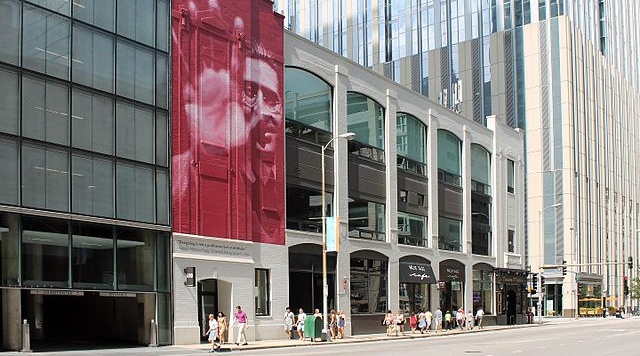
László Moholy-Nagy’s Legacy
Moholy-Nagy’s legacy is characterized by his unwavering belief in the potential of art to shape society and his pioneering work in incorporating new technologies and media into artistic practice. His influence can be seen in the fields of graphic design, photography, and industrial design, where his principles of functionality, simplicity, and the integration of technology remain central tenets.
Most Famous Works of László Moholy-Nagy
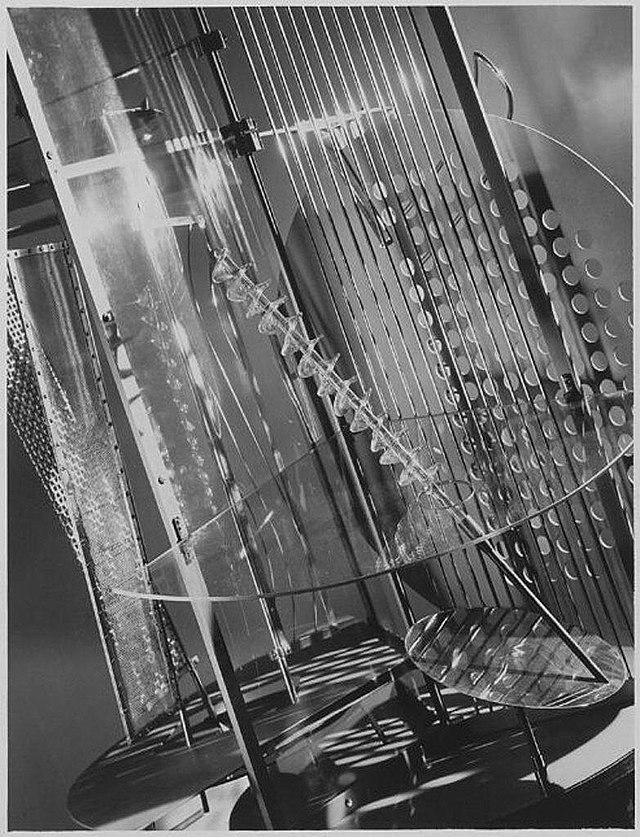
Among Moholy-Nagy’s most renowned works are his photograms, which exemplify his innovative approach to photography, and his “Light-Space Modulator,” a kinetic sculpture that embodies his fascination with light and movement. His paintings, characterized by their use of industrial materials and abstract compositions, also stand as testament to his visionary approach to art.
In conclusion, László Moholy-Nagy’s contributions to modern art and education are profound, bridging the gap between traditional artistic disciplines and the emerging technologies of his time. His work continues to inspire artists, designers, and educators to explore the boundaries of their fields and to consider the broader societal implications of their work.
References
- Moholy-Nagy, L. (1932). The New Vision: Fundamentals of Bauhaus Design, Painting, Sculpture, and Architecture. New York: W.W. Norton & Company.
- Passuth, K. (1985). Moholy-Nagy. London: Thames & Hudson.
- Kostelanetz, R. (1991). Moholy-Nagy: An Anthology. New York: Da Capo Press.
- Tsai, J. (2009). Moholy-Nagy: Experiment in Totality. Cambridge, MA: MIT Press.

